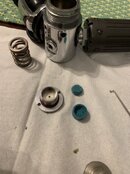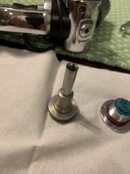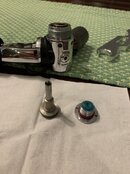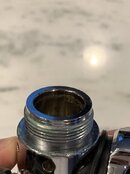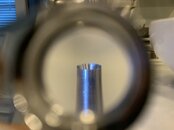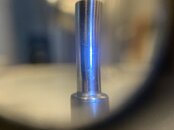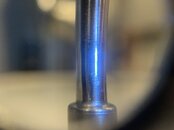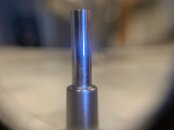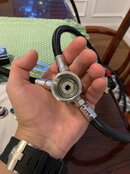Cross-posting from the equipment section; thinking perhaps this is the more appropriate place for this question?
Hi guys,
I recently picked up a used MK10/g250/g200 setup and just hooked it up to a tank to test it out. Low and behold, the 1st stage appears to be leaking air internally and the IP spikes up to 180+psi. I can feel the air coming out of the small holes around the 1st stage and the top part (where the low pressure hoses connect) is clearly getting cold and you can see condensation forming there.
Here's a video; I turn down the air just to prevent the octo from free flowing from excess pressure:
Any ideas what the issue may be? I believe I read that bad o-rings would cause this kind of an air leak and that something like this can be caused by a bad HP seat or a piston. Hoping it's just a piston and a simple service will get it back in shape.
Would love to hear people's thoughts.
Thanks!
Hi guys,
I recently picked up a used MK10/g250/g200 setup and just hooked it up to a tank to test it out. Low and behold, the 1st stage appears to be leaking air internally and the IP spikes up to 180+psi. I can feel the air coming out of the small holes around the 1st stage and the top part (where the low pressure hoses connect) is clearly getting cold and you can see condensation forming there.
Here's a video; I turn down the air just to prevent the octo from free flowing from excess pressure:
Any ideas what the issue may be? I believe I read that bad o-rings would cause this kind of an air leak and that something like this can be caused by a bad HP seat or a piston. Hoping it's just a piston and a simple service will get it back in shape.
Would love to hear people's thoughts.
Thanks!




